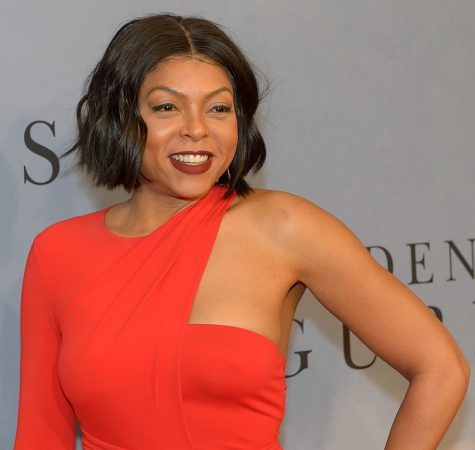“Hidden Figures” sheds light on inspiring story
“Hidden Figures” was released on December 25, 2016. Photo courtesy of Creative Commons.
From the moment the screen glows bright in the dark theater, “Hidden Figures”, directed by Theodore Melfi, expertly catapults viewers from 2017 back to 1961. It’s a time where African Americans still use the “colored” coffee machine, TVs broadcast in black and white, and three women work tirelessly to launch a man int

o space.
Katherine Johnson (Taraji P. Henson), Dorothy Vaughan (Octavia Spencer), and Mary Jackson (Janelle Monáe) play three African American women who work to figure out the trajectories and landings for NASA space program. Although it is not in their job description, the three women combat racial and gender tensions in their workplace.
Paul Stafford, played by Jim Parsons, exemplifies the role of a co-worker blinded by the belief that an African American woman can not hold as much responsibility as Katherine Johnson eventually receives. His hostility masks the real antagonist in the movie: gender and racial prejudice.
Even when it seems like the whole world is against these brave women, unexpected supporters emerge.
Kevin Costner plays Al Harrison, Katherine’s hard working, seemingly color-blind boss. Although his cluelessness to Katherine’s plight will have the audience groaning inside, Costner’s character is redeemed when he helps Katherine succeed, time and time again.
The women gather support from others, however, in the end, their biggest cheerleaders are one another. They constantly offer words of encouragement and display steadfast loyalty to one another.
Dancing to Pharrell Williams upbeat, hopeful soundtrack, the three battle countless obstacles.
Despite the serious tones of racism and sexism present throughout the movie, the film is full of humorous and lighthearted quips that will make the audience smile, even when they fear for the beloved characters’ futures.
The movie won the best ensemble in a motion picture at the Screen Actors Guild awards.
As if the 2 hr and 7 minute glimpse we get into these women’s lives wasn’t inspiring enough, a short synopsis about the real Katherine Johnson, Dorothy Vaughn, and Mary Jackson concludes the film. Viewers can’t help but marvel at the major milestones they marked while they worked at NASA. The black and white pictures of the women smile down from the screen, and the hidden stories of these social pioneers aren’t so hidden anymore.





